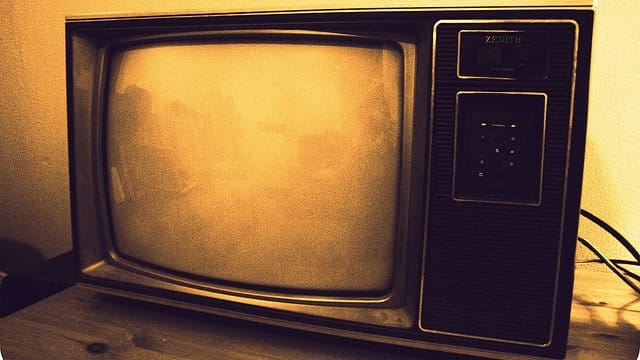Our society is no easy place for a woman to survive in. Problems surrounding her existence are so deeply rooted in tradition and culture that in this era of technology we are still fighting to ensure provision of basic rights. A woman’s right to exist itself is still under question through socially established cruelty such as honour killing sanctioned by tribal elders themselves. Crimes of sexual nature are as common as harassment at workplaces and marketplaces. To add to this is the burden to fulfill social expectations. After a certain age, a girl is considered too old to get married, delay in pregnancy is assumed to be the fault of the woman, birth of a daughter ends in a guilt-trip for life.
As the society evolves and we hope for education to change the mindsets of people another persuasive tool that we look to for a positive change is the media. Media has established itself as a significant agent of social change. It can influence opinion of the masses, and slowly and steadily this can end in a behavioural change in the audiences. This is why we look to media to not only provide unbiased and objective media coverage but, further, we need it to be more proactive in its affirmative coverage that ascertains respect of and for women. This fight for the dignity and integrity requires a far more responsible role to be played by all forms of media: print, electronic, social.
The dearth of gender-sensitive media policies in Pakistan can be felt in daily reporting and news coverage. The considerable lack of empathy is manifested especially in crime stories that aim for catchy headlines that sensationalise the role of a woman. A murder over the hand of a woman is the woman’s fault, suicide of a ‘jilted’ lover is the woman’s fault, and at times, kidnappings are undersold as nothing more than possible cases of elopement.
The tone such crime stories set is demeaning, with an underline accusation being pointed to the woman. The reporting on television follows a similar trend. The language used in tickers is misleading, and the pet adjectives in a story used for a woman draw a bleak picture for women of the society. Honour killing stories deserve to be dealt with in a sombre manner where a very clear picture is presented. Honour killing is murder, pure and simple. In reporting that message is often missed and one is left wondering who the victim in this story is when the victim is portrayed as the instigator to start with. Any woman killed in the name of honour or any woman dishonoured in the name of rape did not deserve it or ask for it, no matter how the story reads. It is not a reporter’s job to give a judgment call when covering a news story; the narrative should be based on facts and not analysis drenched in stereotypes.
Flip the coin and on the other side you see the same in entertainment. They do it on glossy paper and with a splash of glamour but their portrayal is a far cry from the reality of our society. Splashed across cover pages are women beautiful and talented, no doubt, but they are setting standards not every woman can achieve. Size zero and flawless, is that what a woman is only? In objectifying her, she is being reduced to just a pretty face, when she is so much more. The surge in soap operas has further blurred this portrayal. Women are shown centering their lives on a man; the plot has them waiting for a man, mourning for a man or fighting for a man. The female characters can broadly be characterised as: the conniving ‘bad’ woman who speaks her mind or the subdued ‘good’ woman who does as asked.
Where in the media is the woman we see in our everyday lives; the woman trying so hard to create space for herself, the woman struggling to empower herself, the woman fighting to dream big and achieve bigger?
The writer is CEO White Ribbon Pakistan and is a development and communications professional with extensive experience in Health Awareness, Behaviour Transformation Communications and Strategic Public Relations. He tweets at @MrOmerAftab.

